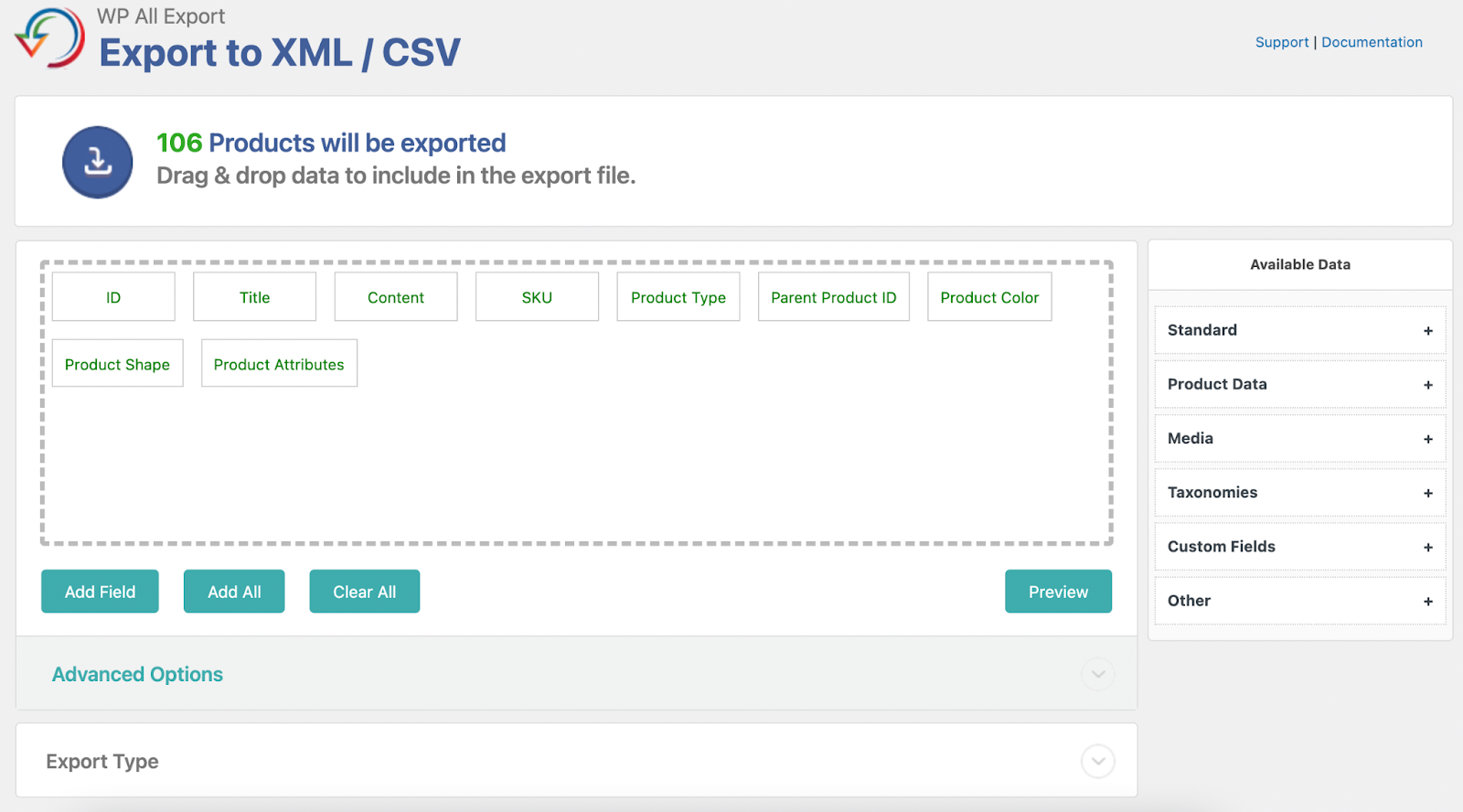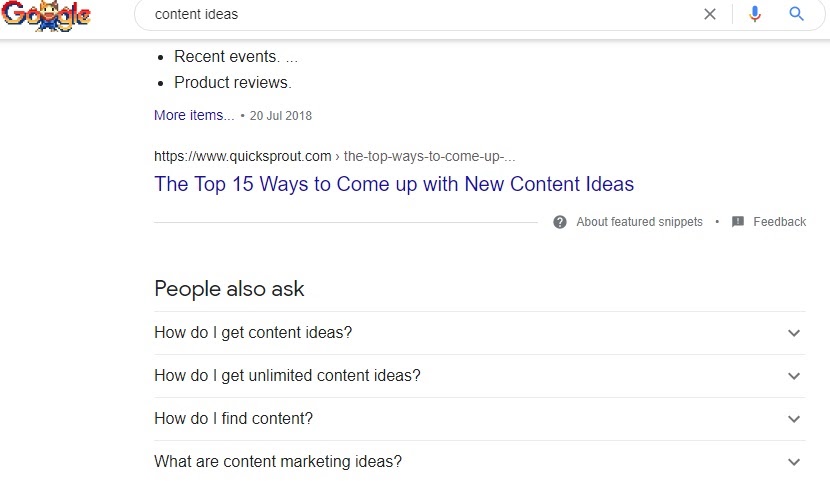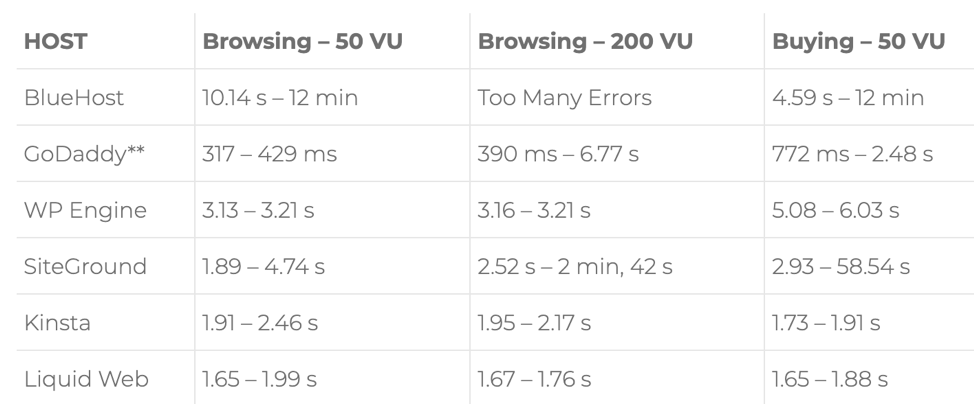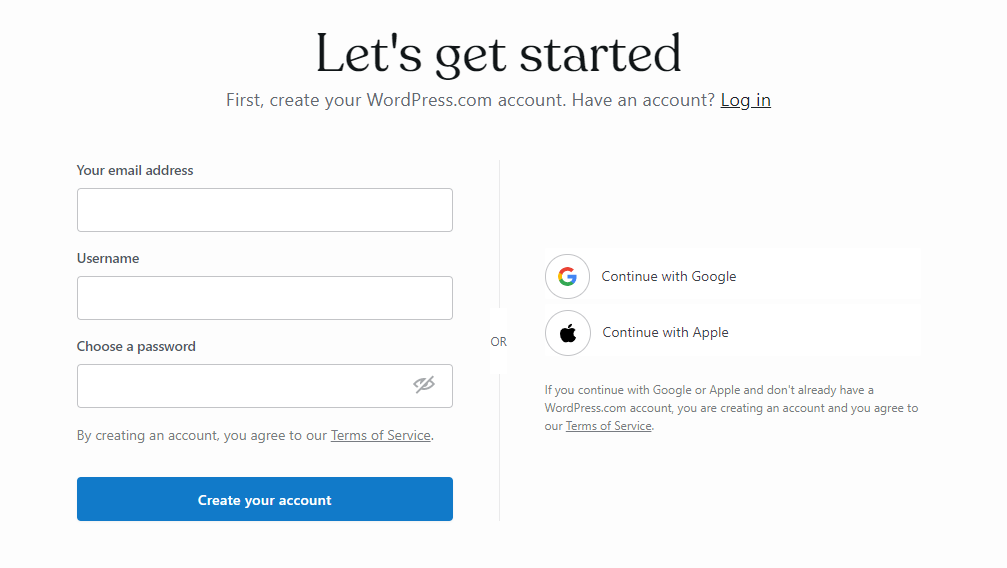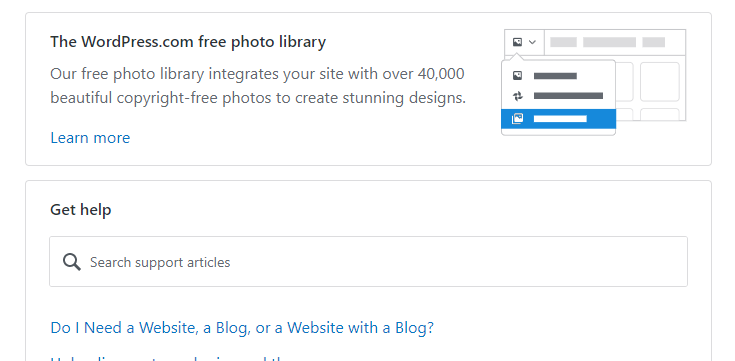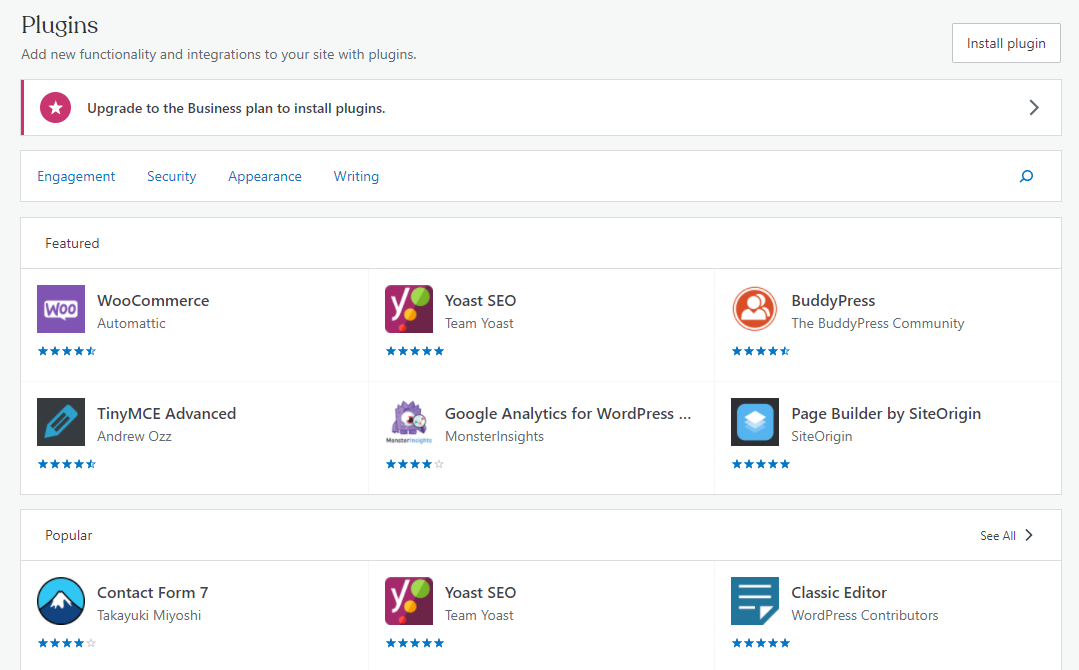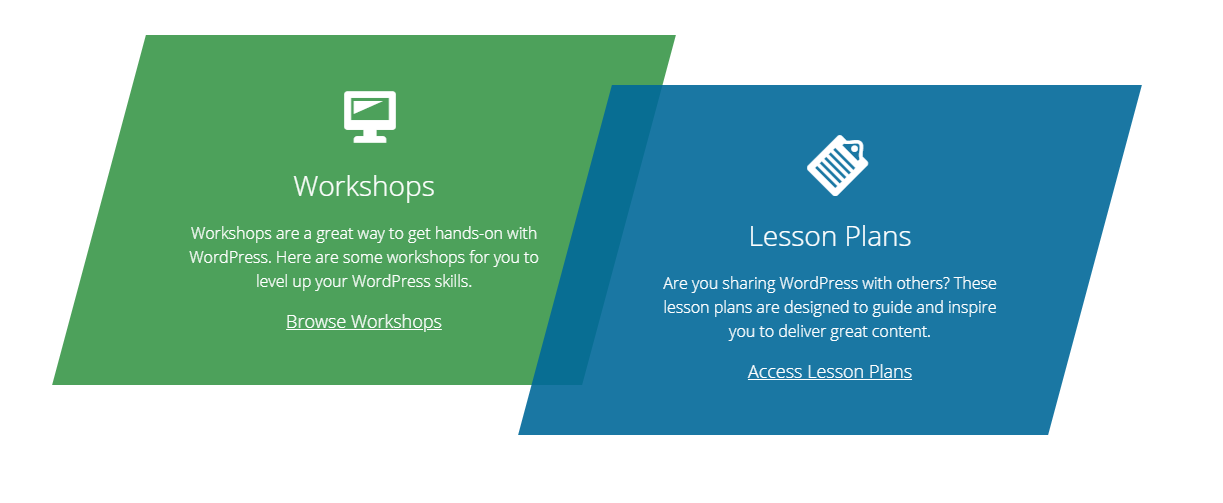How To Increase Ecommerce Sales on Your Online Store
It’s heartbreaking when you put up attractive offers your audience should rush at, but no one buys anything.
While money makes the world go round, sales keep a business running.
How to get those sales? How to increase ecommerce sales?
The answers lie with the website. A website can be an ecommerce sales machine or yet another ecommerce website.
Read on to learn how to increase ecommerce sales on your website.
How to Boost Ecommerce Sales
- 1. Have a simple checkout process.
- 2. Include multiple payment options.
- 3. Feature social proof on your website.
- 4. Create an easy search function.
- 5. Optimize your website for mobile.
- 6. Guide your customers.
- 7. Use SEO and content marketing.
- 8. Start upselling and cross-selling.
- 9. Nurture with email.
- 10. Use a reliable web hosting service.
1. Have a Simple Checkout Process
With so many complicated ecommerce websites on the web, you can stand out by providing a streamlined user experience on your website to increase your ecommerce sales.
Ecommerce’s shopping cart abandonment rate has always stayed high, with nine out of every ten orders never making it to the payment. As an online business owner interested in more online sales, avoid a complicated checkout system.
You can simplify your checkout process by:
-
Removing unnecessary fields.
-
Skipping irrelevant pages and pop-ups.
-
Merging the product descriptions and pricing into a single page.
In addition, you can add money-back guarantees and security logos on your checkout page as trust signals.
2. Include Multiple Payment Options
By sticking to a single method of payment, you leave money on the table.
Offer multiple secure payment options to facilitate your customers and increase your ecommerce sales. In general, accept:
-
Credit card payments.
-
Google Wallet.
-
Apple Pay.
-
Stripe.
-
WePay.
-
PayPal.
You can also accept crypto payments to attract the tech-savvy audience — usually early adopters — and increase ecommerce sales.
3. Feature Social Proof on Your Website
Social proof is vital to increase ecommerce sales on your website. It proves your credibility and serves as word-of-mouth marketing to increase the conversion rate as 87% of consumers read reviews before making a purchase.
You can include social proof to product pages in the form of:
-
Customer ratings and online reviews from third-party websites.
-
Client testimonials.
-
Social proof plugins like TrustPilot.
-
Press coverage.
-
Bestseller or trending collections.
4. Create an Easy Search Function
Most ecommerce customers lack the time to search through tons of products for a specific product. Instead, they prefer searching for the product through the search bar and judge the website based on the results.
That’s why creating an easy search function is crucial to increase ecommerce sales.
You should ensure that the search bar is in a clear, accessible spot, preferably at the top of your page. And it should be fast — customers don’t like slow ecommerce search.
For your ecommerce store, your search bar should have:
5. Optimize Your Website for Mobile
The world has gone mobile. Everything is available on our smartphones, including shopping.
Mobile ecommerce spending reached $47.8 billion in the second quarter of 2020 in the United States, making it a perfect opportunity for marketers.
Optimize your online store for mobile devices to target these spenders and increase ecommerce sales.
To do so, consider the different browsing interfaces like desktop, tablet, and mobile while developing your website.
6. Guide Your Customers
Whenever new customers land on your website, you should guide them in their buying journey by answering their questions and providing in-depth guides.
To increase your ecommerce sales, you should help your customers decide the products by themselves in an informed fashion.
You can offer guidance on your online store in the form of:
-
Live chat software.
-
Ebooks.
-
Calls-to-action (CTAs).
-
Demo.
-
Product recommendations.
Still, the bottom line is to direct your customers towards buying products from you. You can do so by:
-
Helping website visitors locate products they’re searching for.
-
Pointing customers to your top products.
-
Teaching your customers how to use a specific product.
-
Recommending relevant products based on a customer’s previous or current purchase.
By guiding your customers and helping them decide on great products for them, you build customer trust, leading to an increase in ecommerce sales on your website.
7. Use SEO and Content Marketing
If you are looking to increase your website’s visibility and increase your ecommerce sales, SEO (search engine optimization) and an ecommerce marketing strategy go a long way.
SEO helps you attract your customers through search engines. It drives huge website traffic to your online store. The better your ecommerce site’s SEO, the higher your ranking on the SERPs (search engine results pages).
Content marketing refers to sharing and promoting your content. It could be a difference-maker to get your sales up.
You can use content marketing strategy tactics such as:
-
PPC advertising (pay-per-click advertising).
-
Social media engagement.
-
Third-party review sites.
-
Social curation platforms and community forums.
-
Guest blogging and sponsored content.
Related reading: How To Create an Ecommerce Content Strategy >>
8. Start Upselling and Cross-Selling
Upselling is persuading someone to buy a high-quality product similar to the one they’re willing to purchase. For example, you can upsell a customer looking for simple shoes to buy waterproof shoes.
Cross-selling means promoting complementary products to a buyer. You can recommend a tripod stand to someone who purchased a camera a week ago.
These two practices are common on well-known ecommerce websites like Amazon and Shopify. Apply them to increase ecommerce sales on your online store.
9. Nurture With Email
Email marketing helps you establish a solid relationship with your customers and increase ecommerce sales on your website.
With email nurturing, you can guide potential customers with links to product tutorials, share limited-time offers, and offer personalized recommendations to your customers.
Nurturing your email list helps you build a loyal customer base that generates consistent sales.
10. Use a Reliable Web Hosting Service
Avoid mediocre website hosts that can make you lose customers due to website crashes or slow ecommerce website loading.
Use a reliable web hosting service with capable servers to increase ecommerce sales on your website.
Final Thoughts: How To Increase Ecommerce Sales on Your Online Store
Increasing ecommerce sales doesn’t have to be nerve-racking. Adopt our 10 best solutions for ecommerce businesses to increase sales quickly.
Are you looking to build a fully functional ecommerce store? Try fully managed WooCommerce by Hostdedi for free today.





